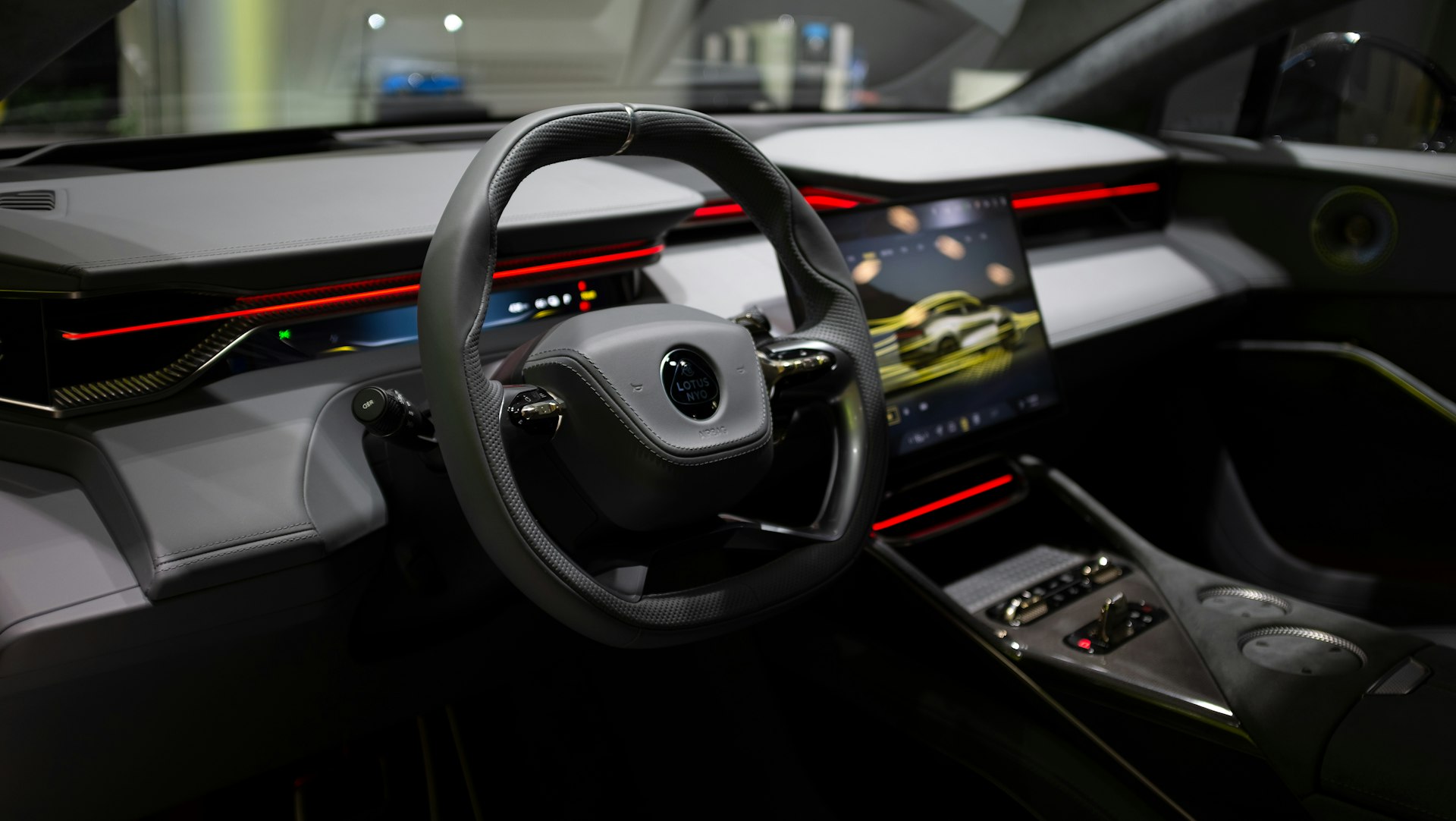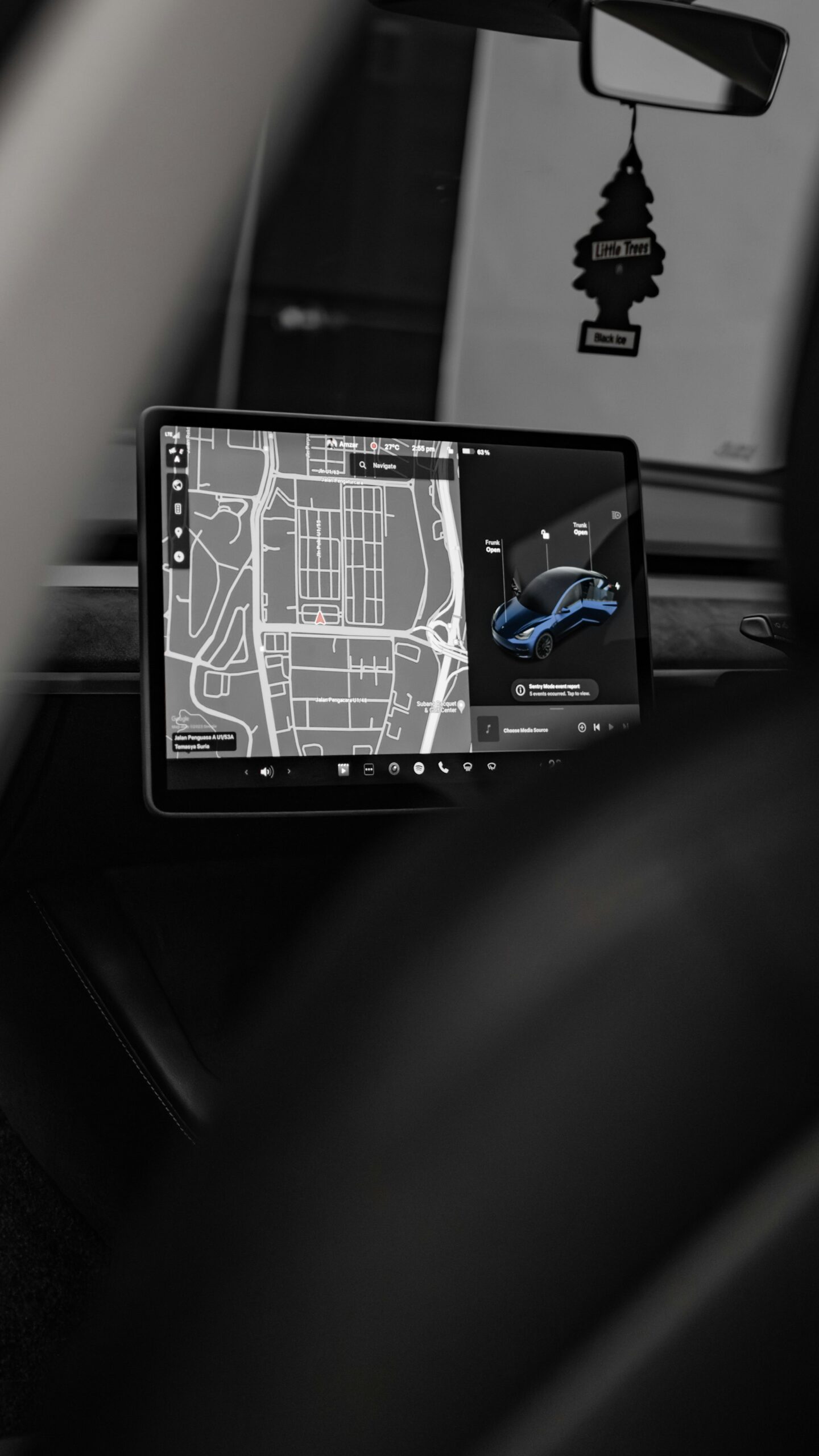Unlocking the Power of Over-the-Air Software Updates for Modern Cars

Photo by Mark Chan on Unsplash
Introduction to Over-the-Air Software Updates in Cars
Automotive technology has undergone a rapid transformation in recent years, turning vehicles into complex, connected computers on wheels. One of the most significant advancements fueling this evolution is the adoption of over-the-air (OTA) software updates . Much like smartphones receive regular updates to enhance functionality or patch security vulnerabilities, modern cars can now be improved, optimized, and even fixed remotely-without the need for a dealership appointment [2] .
What Are Over-the-Air (OTA) Updates?
OTA updates refer to the wireless delivery of software improvements, bug fixes, new features, and critical patches directly to a vehicle’s electronic and control systems. These updates are sent by manufacturers through secure cloud servers and received by a car’s telematics unit, which then distributes the software to the appropriate subsystems [1] .
OTA updates are typically categorized into:

Photo by Sheraz Abdul Ghafoor on Unsplash
- Infotainment Updates: These refresh navigation maps, upgrade media and app features, and improve user interfaces and in-car entertainment experiences. They are not mission-critical but enhance the driving and ownership experience [2] .
- Drive Control and Firmware Updates: These can enhance or repair the core functions of the vehicle, such as safety systems, battery management, or braking algorithms. These updates can be essential for safety and regulatory compliance [3] .
How OTA Updates Work: Step by Step
Implementing OTA updates requires a secure and robust digital infrastructure. Here’s how the process typically unfolds:
- Preparation: Automakers use specialized software management platforms to develop, test, and package new software updates. These packages can target anything from infotainment to advanced driver-assistance systems (ADAS) [1] .
- Secure Distribution: Updates are uploaded to the manufacturer’s cloud server, protected by strong cybersecurity measures.
- Wireless Transmission: Vehicles connect to the server via Wi-Fi or cellular networks. The update is downloaded in the background or during scheduled maintenance windows [4] .
- Verification & Installation: The vehicle verifies the authenticity of the package, then prompts the driver (if required) to approve installation. Installation is usually completed when the vehicle is safely parked and powered down.
- Diagnostics & Reporting: After installation, the vehicle sends diagnostic data back to the manufacturer to confirm success or report any issues [5] .
Benefits of OTA Software Updates for Car Owners
OTA technology provides a range of advantages for drivers and fleet managers:
- Convenience: Owners receive updates automatically, reducing or eliminating trips to the dealership for many routine software fixes or feature enhancements.
- Safety & Security: Manufacturers can quickly patch vulnerabilities, address bugs, and deploy critical safety updates as threats emerge.
- New Features & Upgrades: Many automakers use OTA updates to introduce new infotainment features, apps, or even enhanced driving modes, extending the lifespan and value of a vehicle [1] .
- Cost Savings: By resolving many issues remotely, OTA updates can reduce the need for service appointments, saving both time and money for owners and manufacturers [3] .
- Environmental Impact: Fewer dealership visits mean less driving, reducing emissions and overall environmental footprint.
Real-World Examples and Case Studies
Tesla is widely recognized for pioneering OTA updates, regularly rolling out improvements to battery management, autopilot, and entertainment systems. For example, a 2019 update improved braking distances across the fleet after independent testing revealed performance gaps [5] . Other companies, including Ford, BMW, and Hyundai, now also leverage OTA capabilities for both infotainment and critical firmware improvements.
Fleet operators, such as delivery companies, have reported improved uptime and fewer service interruptions, as software bugs or feature upgrades are often handled overnight without impacting operations.
How to Access and Enable OTA Updates
Accessing OTA updates usually requires the following steps:
- Ensure Connectivity: Your vehicle must have an active cellular data plan or be connected to a secure Wi-Fi network. Some automakers may charge for data plans; check with your vehicle’s provider for details.
- Account Registration: Most manufacturers require you to register your vehicle online or through a mobile app. This registration links your car to your account, enabling personalized updates and notifications.
- Check for Updates: You can usually view the update status or manually request updates via the car’s infotainment screen or companion app.
- Approval and Installation: For major updates, you may be prompted to accept terms or schedule installation times. Always ensure your vehicle is parked safely and sufficiently charged (especially for electric vehicles) before beginning an installation.
If you are unsure whether your vehicle supports OTA updates, consult your owner’s manual or contact your dealership’s technical support department for assistance.
Challenges and Solutions
While OTA updates offer numerous benefits, there are challenges to consider:
- Connectivity Gaps: Vehicles in remote areas or without stable internet may not receive updates promptly. Some manufacturers allow updates via home Wi-Fi to mitigate this issue [4] .
- Cybersecurity Risks: As vehicles become more connected, the risk of hacking or malicious attacks increases. Automakers invest heavily in encryption, secure key management, and intrusion detection to address these risks [5] .
- Hardware Limitations: Older vehicles may not support advanced OTA features. In such cases, software updates may still require dealership visits or may not be available at all.
- User Awareness: Some owners may delay or ignore update prompts. Manufacturers are increasingly designing systems to require fewer user actions or to schedule updates automatically.
Alternative Approaches and Best Practices
If your vehicle does not support OTA updates, you can still ensure optimal performance by:
- Scheduling regular dealership software checks during maintenance visits.
- Registering your vehicle with the manufacturer online to receive recall and update notifications.
- Monitoring technical service bulletins for your make and model, which often announce important software-related fixes or enhancements.
For those shopping for a new car, inquire about OTA capabilities during the purchasing process. Ask the dealership about the types of updates supported, any associated data costs, and the process for receiving updates.
Key Takeaways
OTA software updates are reshaping the automotive landscape by making cars safer, smarter, and more resilient to both digital and physical challenges. By embracing this technology, drivers can enjoy a vehicle that improves over time, with less hassle and greater peace of mind. For more detailed support, consult your automaker’s official website, mobile app, or customer service lines for guidance on enabling and managing OTA updates for your specific vehicle model.
References
- [1] Excelfore (2023). Impact of OTA Software Updates on Automotive.
- [2] J.D. Power (2022). What Are Over the Air Updates for Cars?
- [3] WardsAuto (2023). Over-The-Air Updates and Vehicle Longevity.
- [4] Sonatus (2022). What is OTA? A Comprehensive Guide to Vehicle Over-the-Air Updates.
- [5] Rambus (2023). What is OTA in automotive? Over the air updates explained.
MORE FROM smartsavingsfinder.com













